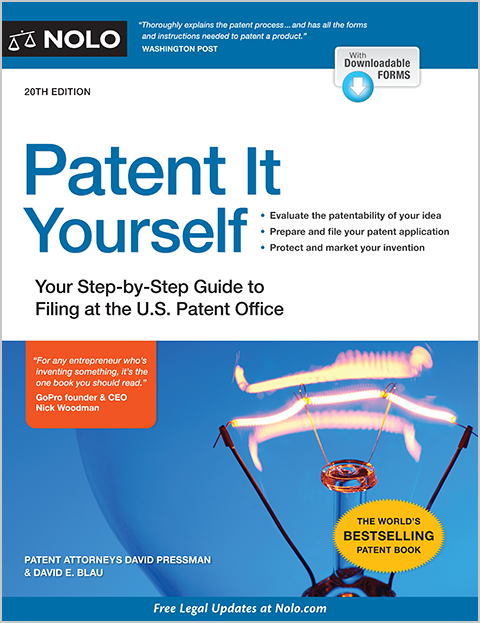How do you stop others from copying your delicious recipe?
All your friends agree: You make the best chicken noodle soup that they have ever tasted. Perhaps, you think, you could profit from your innovative recipe. You begin to consider marketing your soup and selling it to local restaurants, or even to grocery stores in cans. But is "your" recipe for the soup really protectable? Or can someone else simply copy "your" recipe and make his or her own soup?
Whether or not you own exclusive intellectual property on the recipe depends on whether you qualify for one of the four legal areas of intellectual property protection: copyright, trademark, patent, or trade secret. While some limited protections may apply, food recipes are actually rather difficult to protect. Let's analyze each of the four primary categories:
Can You Copyright a Recipe?
Copyright protection gives creators of literary and artistic works certain exclusive rights. As the U.S. Copyright Office explains, individual recipes are difficult to protect because no matter how delicious the results, they often lack the necessary literary expression. (An unpublished recipe can be protected under trade secret law, but that means all the chefs using it would have to sign nondisclosure agreements or noncompetition agreements, which are not always enforceable). A collection of recipes, as in a cookbook, can be protected. That protection is stronger if the author adds original literary commentary and uses creativity in the selection of recipes. Merely listing ingredients, however, is likely not enough.
Can You Protect a Recipe With a Patent?
Patent law is probably not a good method for protecting a recipe for food. You may be able to patent a method for preparing a dish but (a) you'll probably have a hard time proving novelty—that is, that the recipe has never been known before the filing date; (b) it takes more than a year (sometimes longer) to obtain patent protection; and (c) the recipe will be published for the world to see. Obtaining a patent can also be extremely expensive. Patents are more commonly used for inventions like advanced medical formulas than for chicken soup.
Can You Trademark a Recipe?
Trademark law can protect names and logos to ensure that consumers do not get confused between two brands. Although a trademark cannot prevent copying of your recipe, you can prevent competitors from using a similar name for your dish, providing you're selling or planning to sell the results of the recipe to consumers. In that case, you can file for a trademark registration or you can reserve your trademark at the U.S. Patent and Trademark Office, provided that you have a bona fide intent to sell the food item. For example, imagine that you intend to market your soup as "Grandma Nellie's Southern Chicken Soup" with an image of New Orleans and an illustration of a grandmotherly character. That name and label could be trademarked. Trademark protection, combined with savvy marketing, is the typical scenario for protecting food item brands.
Protecting a Recipe as a Trade Secret
Many famous recipes are maintained as trade secrets. A trade secret is "insider knowledge" that gives your business an advantage. A common example is the Coca Cola formula. To enforce the secret, you would need to use nondisclosure agreements with your contractors, manufacturers, and distributors, as well as anyone else who came into contact with the secret recipe for your chicken soup. Keep in mind, however, that anyone with a scientific background might be able to reverse-engineer and then use your secret method.
Talk to a Lawyer
Need a lawyer? Start here.
How it Works
- Briefly tell us about your case
- Provide your contact information
- Choose attorneys to contact you
- Briefly tell us about your case
- Provide your contact information
- Choose attorneys to contact you



